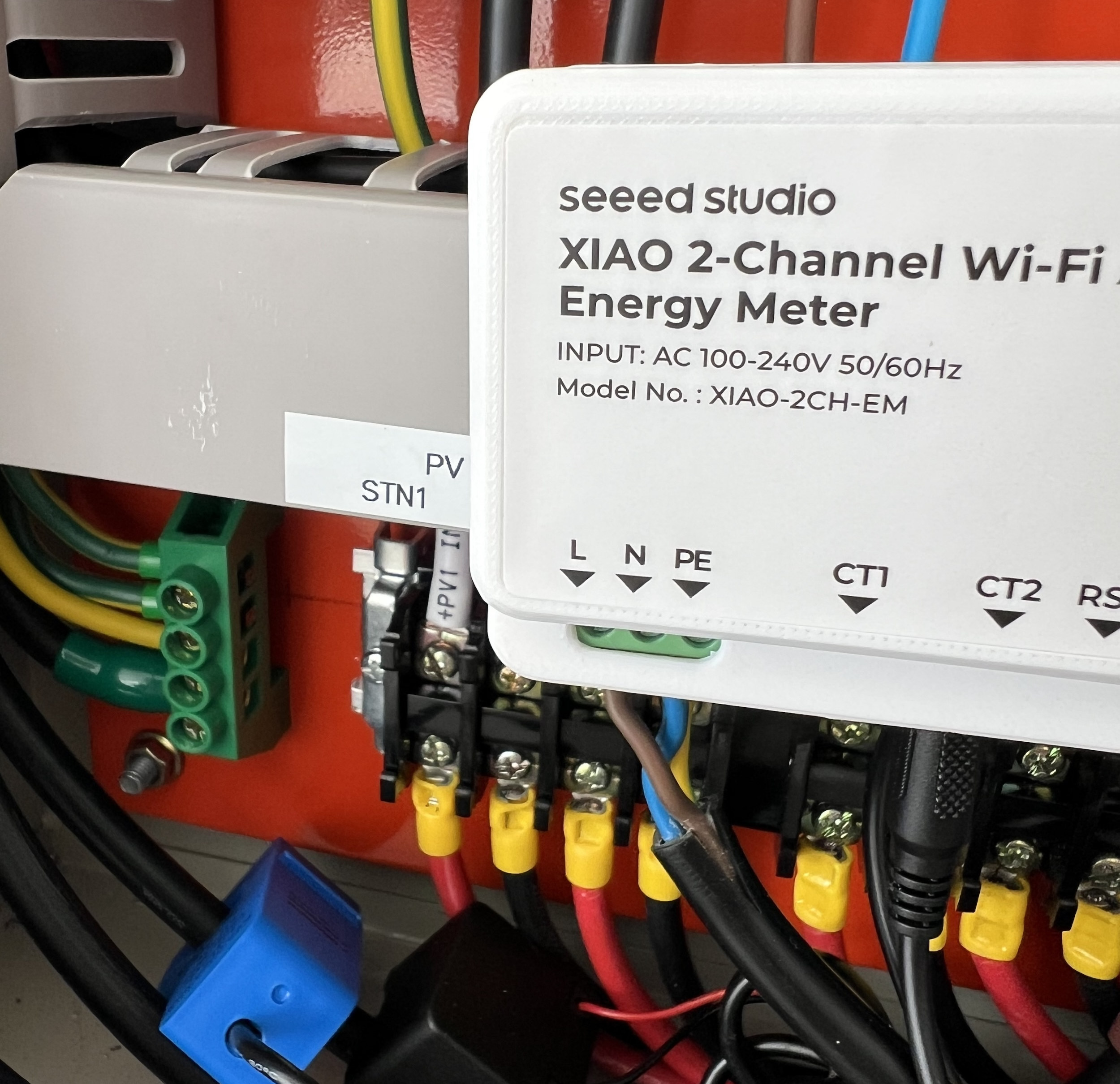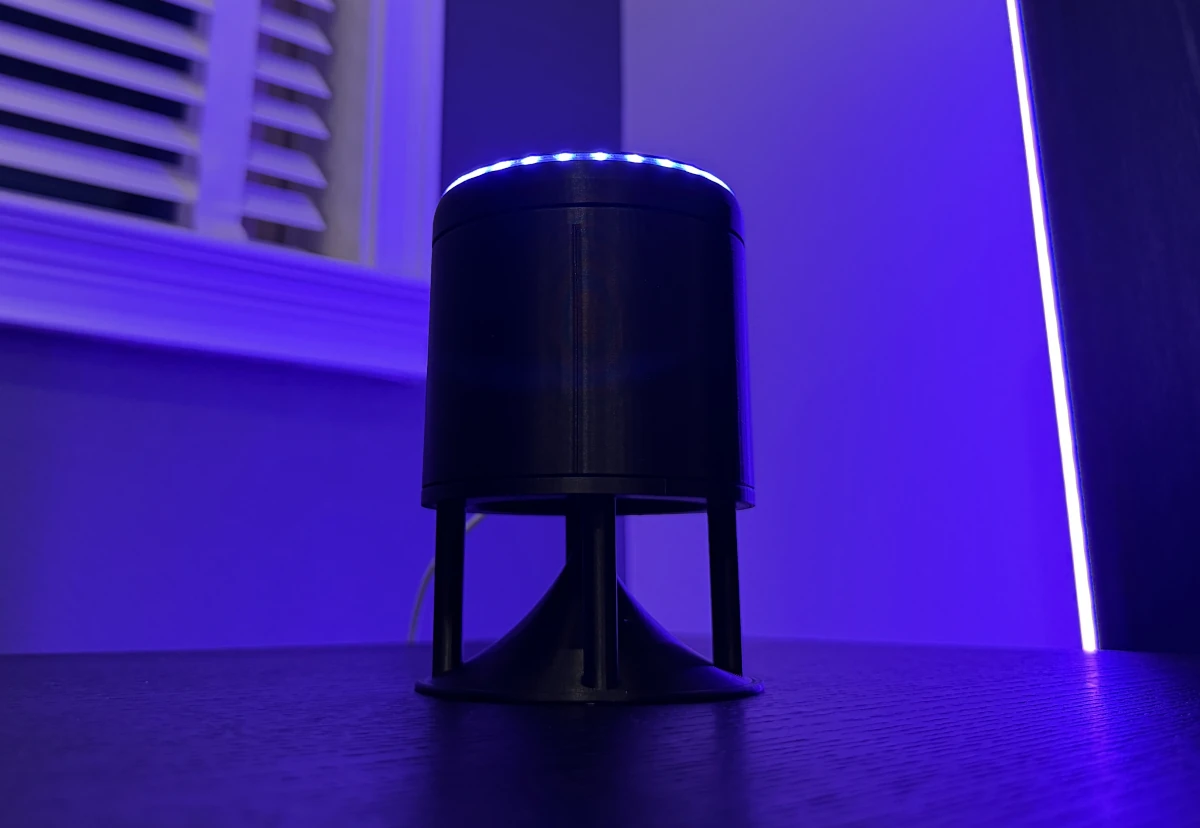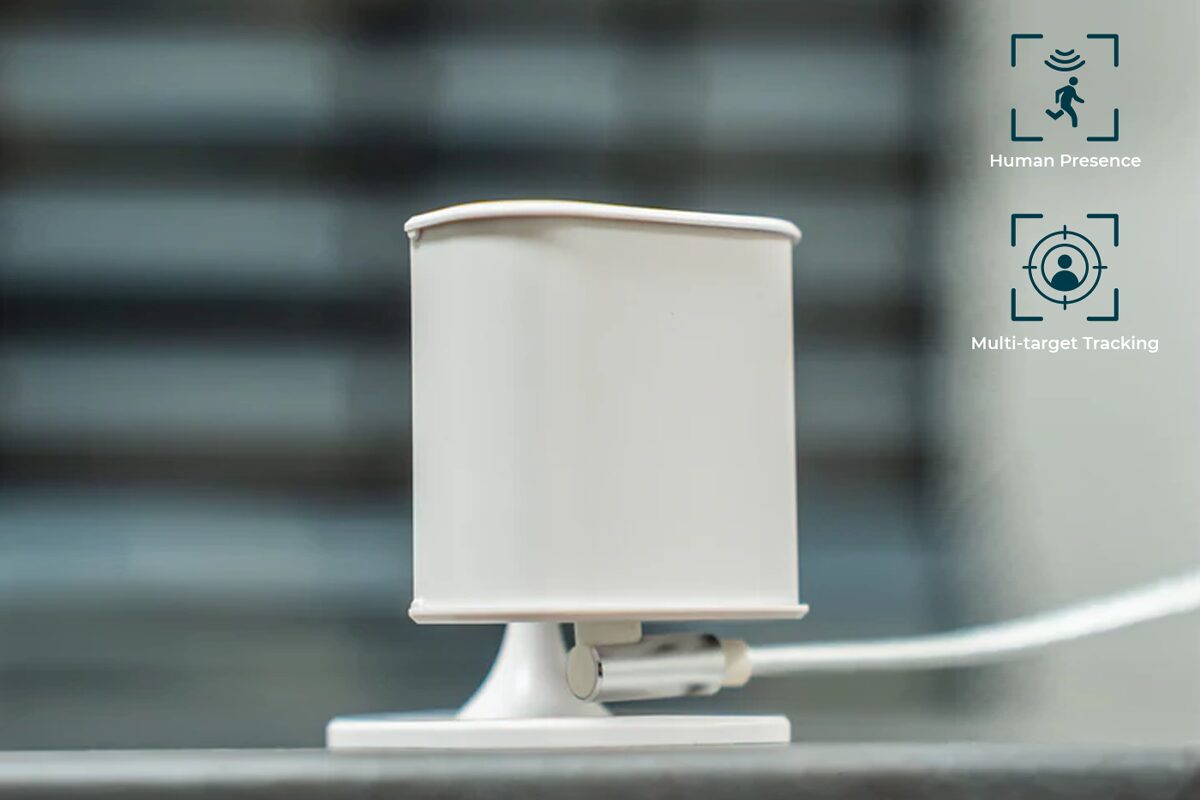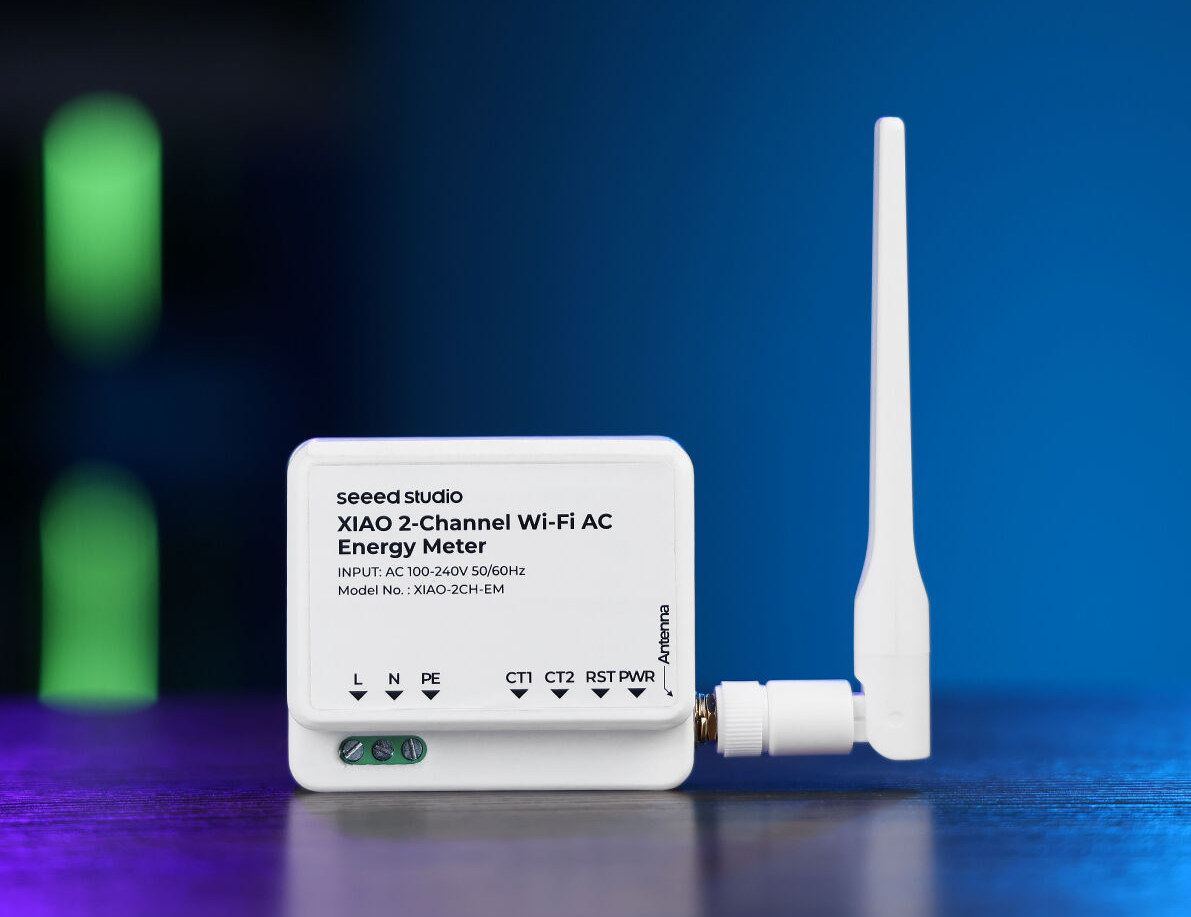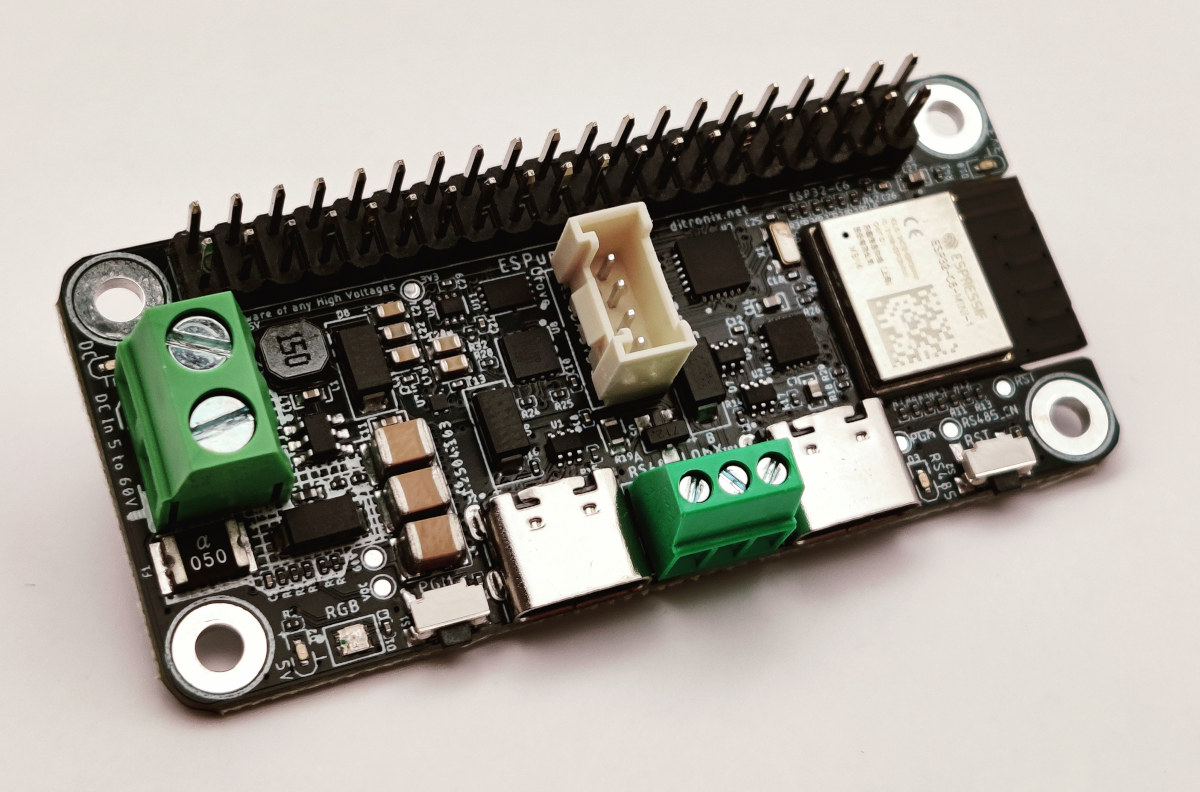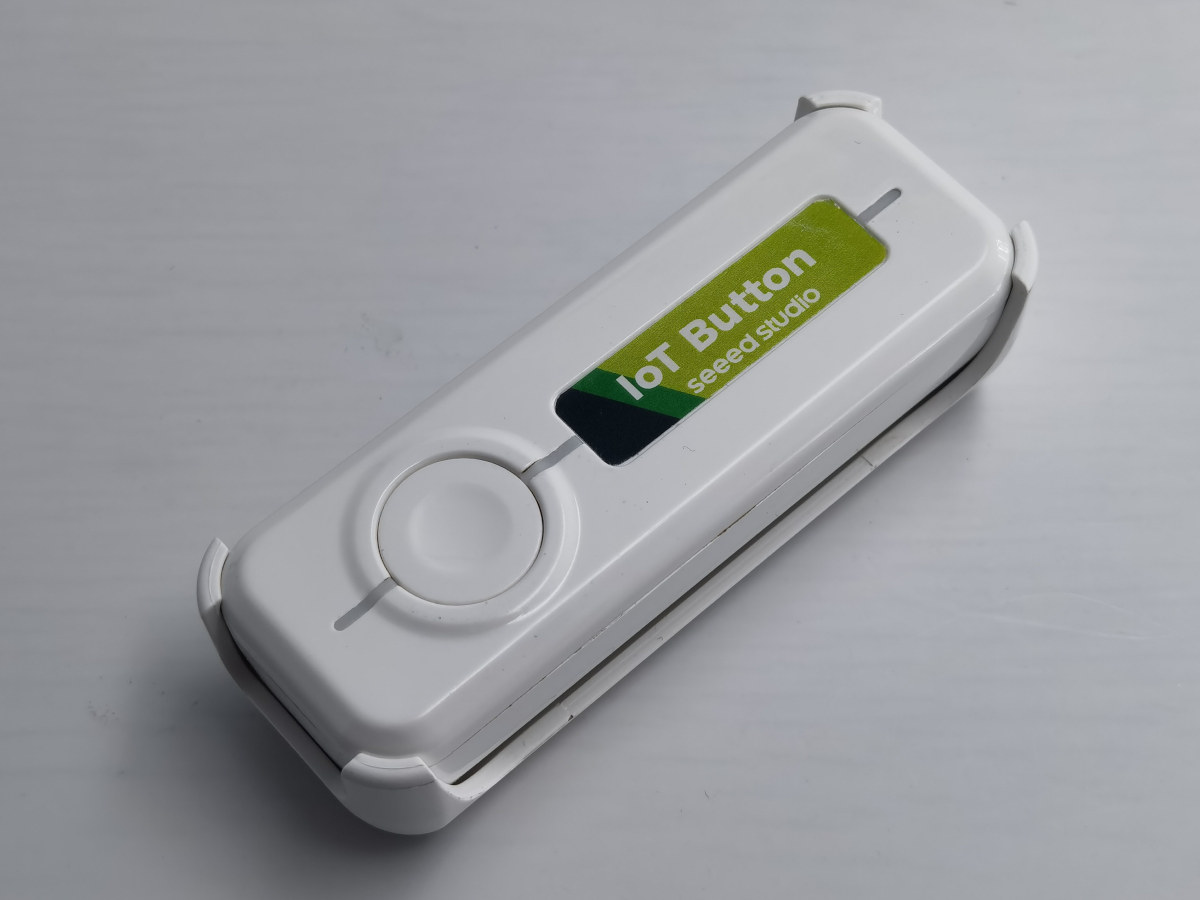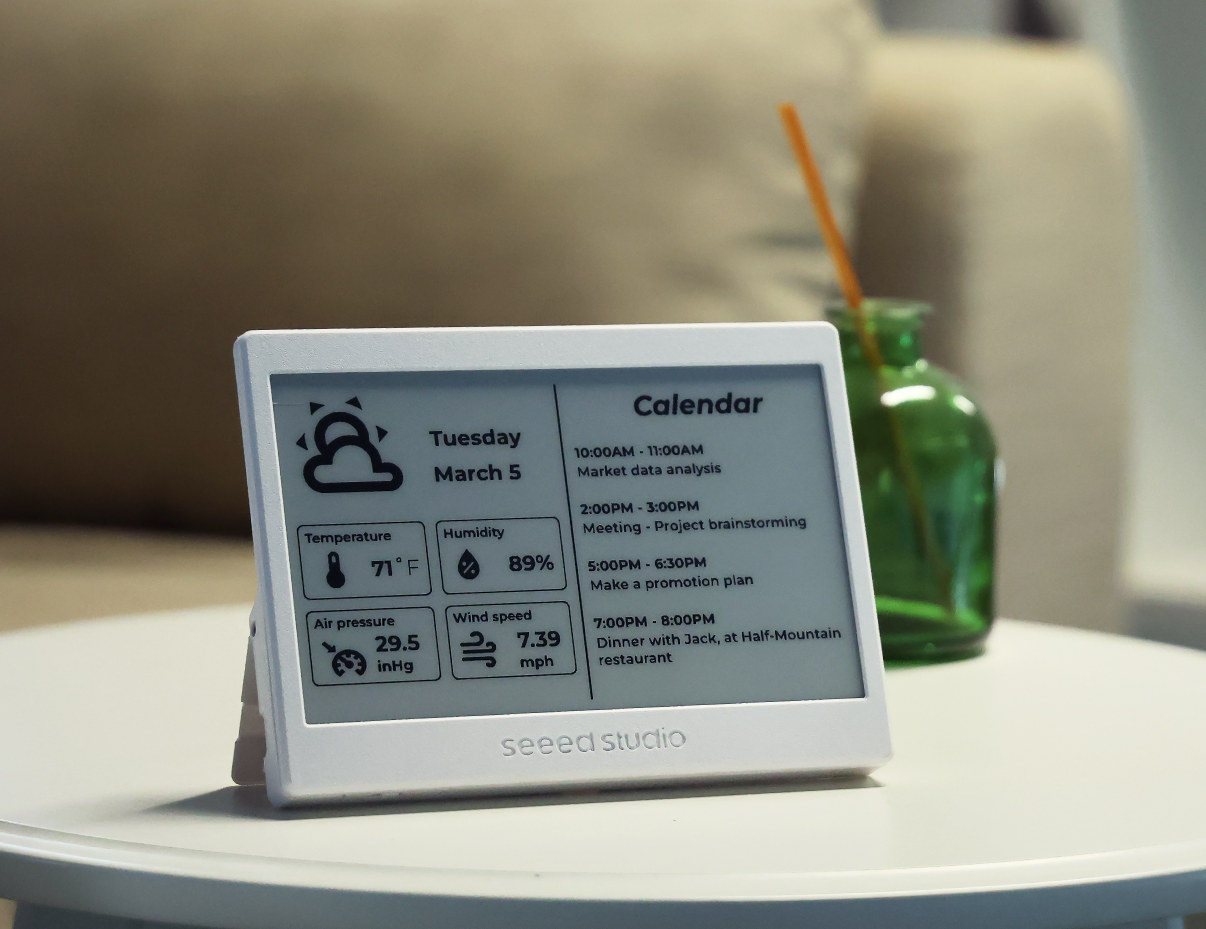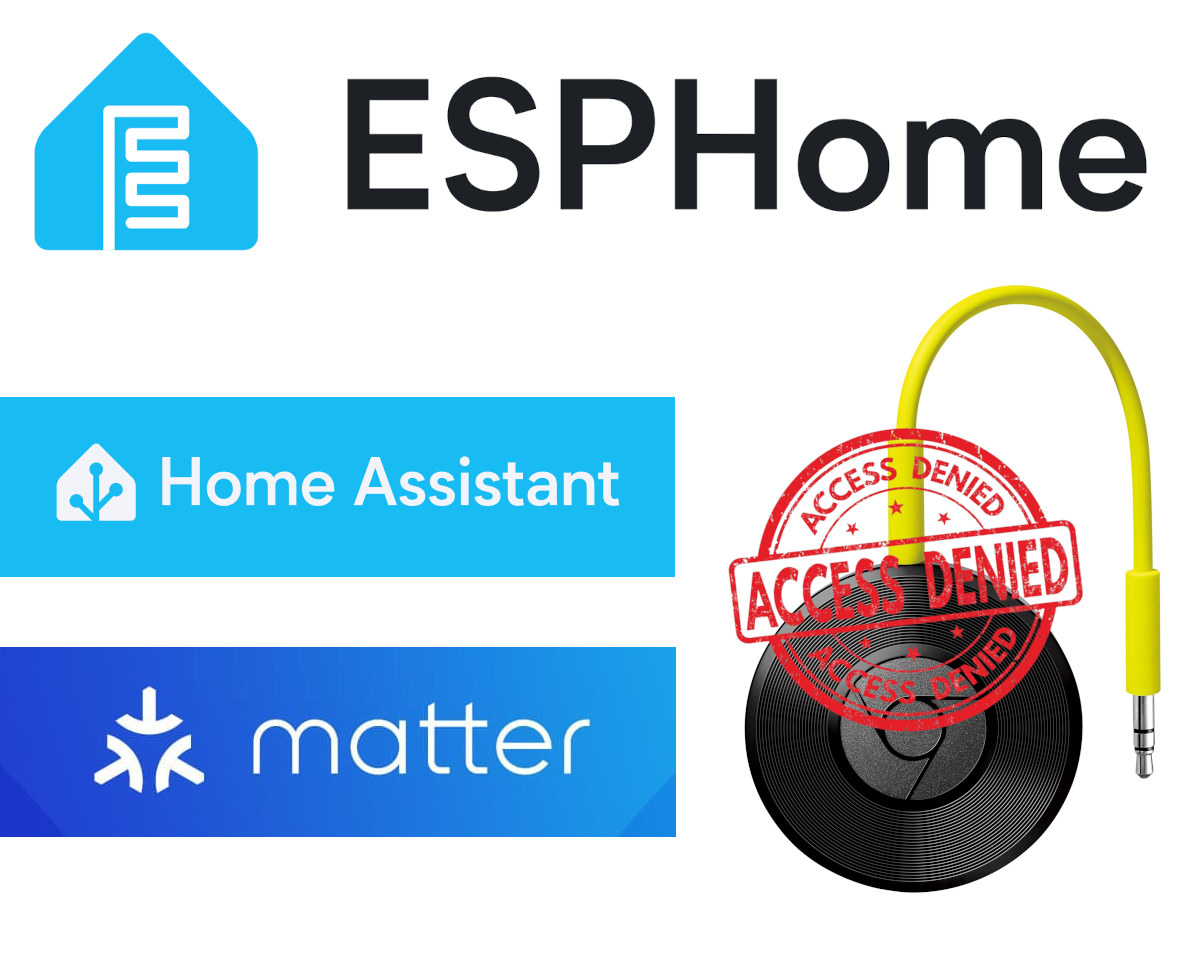We have received a review sample of an energy metering device from SeeedStudio called the XIAO 2-Channel Wi-Fi AC Energy Meter (XIAO-2CH-EM). This device uses a clamp-on CT (Current Transformer) method on the live wire that you want to measure, without needing to modify the existing electrical wiring. XIAO-2CH-EM comes with several key features such as dual CT sensors (CT1 and CT2), native ESPHome & Home Assistant Integration, precise measurement with factory calibration, and bi-directional power flow monitoring. While the XIAO-2CH-EM has 2 CT input ports, it will only ship with one CT clamp by default, but users can purchase an additional CT clamp if needed. The two CT channels operate independently, and each one can measure bidirectional power and supports devices using up to 100A of current. That should be enough for an ordinary home. The XIAO-2CH-EM comes pre-flashed with ESPHome firmware from the factory, meaning it can be […]
Satellite1 Dev Kit is an Home Assistant-compatible DIY voice assistant with ESP32-S3 module, XMOS XU316 audio processor
FutureProofHomes’ Satellite1 Dev Kit is a DIY voice assistant comprised of an ESP32-S3 WiFi and Bluetooth board running ESPHome and an audio “HAT” based on XMOS XU316 audio processor designed for Home Assistant compatibility. It can be used as a smart speaker with a 25W amplifier, a headphone jack, and a built-in 4-microphone array, a music player, and an environmental monitoring system with temperature, humidity, luminosity, and presence sensors. The HAT can also be used with a Raspberry Pi with a 40-pin GPIO header, and two extra 40-pin connectors are reserved for future accessories. Satellite1 Dev Kit specifications: Wireless SoC – Espressif Systems ESP32-S3 CPU – Dual-core 32-bit LX7 processor running at 240 MHz Memory – 512 KB SRAM, 8 MB PSRAM. Storage – 16 MB Flash Wireless – WiFi 4 and Bluetooth 5.x Audio Processor – XMOS XU316 (XU316-1024-QF60V-I32) 16-core 32-bit RISC processor running at 800 MHz with […]
Everything Presence Lite ESP32-based mmWave presence sensor tracks up to three targets simultaneously
Designed by Everything Smart Home, the Everything Presence Lite is a compact, ESP32-based mmWave presence sensor designed to be easily integrated with Home Assistant open-source home automation framework via ESPHome firmware. This sensor features a 24GHz mmWave sensor designed to track up to three targets simultaneously with real-time distance, speed, and positional data (X, Y coordinates). It supports dynamic zone customization, ambient light sensing using a BH1750 sensor, and acts as a Bluetooth proxy to extend Home Assistant’s Bluetooth range. The sensor comes in an injection-molded case, and the company also provides 3D-printable STL files, which you can customize according to your needs. Key applications include human presence detection, smart lighting automation, home security zone monitoring, HVAC efficiency control, fall detection for the elderly, and much more. Everything Presence Lite specifications: Wireless controller – ESP32-WROOM-32E WiFi and Bluetooth module with 4MB Flash mmWave Sensor Built-in Hi-Link HLK-LD2450 24 GHz ISM […]
XIAO 2-channel Wi-Fi AC Energy Meter runs ESPHome on ESP32-C6 module, comes with two 100A CT clamps
Seeed Studio’s XIAO 2-channel Wi-Fi AC Energy Meter is an ESP32-C6 (XIAO ESP32-C6) powered power meter with two independent CT clamp (Current Transformer clamp) connectors to safely measure power consumption when placed around one of the wires from an AC cable. We reviewed the SONOFF POW Ring single-channel WiFi CT clamp power meter with eWelink and Home Assistant last year, and before that, we also covered models supporting multiple CT clamps, up to 16 clamps with the Emporia Vue Gen 2 energy monitor. The XIAO 2-channel Wi-Fi AC Energy Meter offers a middle ground with support for two CT clamps measuring up to 100A per channel. XIAO 2-channel Wi-Fi AC Energy Meter specifications: Wireless module – XIAO ESP32C6 board Wireless MCU – Espressif Systems ESP32-C6 CPU Single-core 32-bit RISC-V clocked up to 160 MHz Low-power RISC-V core @ up to 20 MHz Memory – 512KB SRAM, 16KB low-power SRAM Storage […]
ESPuno Pi Zero ESP32-C6 board takes up to 60V DC input, offers RS-485 interface (Crowdfunding)
ESPuno Pi Zero is a Raspberry Pi Zero-sized board based on an ESP32-C6-MINI-1 WiFI 6, BLE, and 802.15.4 wireless module and an SMPS that allows up to 60V DC input via a 2-pin terminal block. The board also features two USB-C ports, one connected to the ESP32-C6 and the other to a CH343P USB-to-serial chip, a 40-pin GPIO header, a Grove connector, a 3-pin terminal block for RS-485, DMX, Profibus, and a few buttons and LEDs. ESPuno Pi Zero specifications: ESP32-C6-MINI-1-N4 or ESP32-C6-MINI-1U-N4 SoC – Espressif Systems ESP32-C6 single-core 32-bit RISC-V clocked up to 160 MHz 320KB ROM, 512KB SRAM, low-power RISC-V core @ up to 20 MHz CPU Single-core 32-bit RISC-V clocked up to 160 MHz Low-power RISC-V core @ up to 20 MHz Memory/Storage – 320KB ROM, 512KB SRAM Wireless – 2.4 GHz WiFi 6, Bluetooth 5.0, and 802.15.4 radio (for Thread/Zigbee) Storage – 4MB flash Antenna ESP32-C6-MINI-1-N4 […]
Battery-powered Seeed Studio IoT Button features ESP32-C6 SoC, supports ESPHome or Zigbee firmware
Seeed Studio IoT Button is an inexpensive ESP32-C6 button powered by a rechargeable 18650 battery and designed to easily and quickly control Smart Home devices over WiFi 6 or Zigbee wireless protocol. It will be especially handy to Home Assistant users since the device is pre-flashed with ESPHome firmware for easy integration (over WiFi), and the company also provides a Zigbee firmware for Zigbee Home Assistant (ZHA) integration. The hardware is pretty basic with a button, three LEDs, and a USB-C port for charging the replaceable 18650 battery. Seeed Studio IoT Button specifications: SoC – ESP32-C6FH4 CPU Single-core 32-bit RISC-V clocked up to 160 MHz Low-power RISC-V core @ up to 20 MHz Memory – 512KB SRAM, 16KB low-power SRAM Storage – 320KB ROM, 4MB flash Wireless – 2.4 GHz WiFi 6, Bluetooth 5.0 LE/Mesh (somehow not used here), 802.15.4 radio for Zigbee 3.0 and Thread. Matter compatible. USB – […]
Seeed Studio XIAO 7.5″ ePaper panel supports ESPHome firmware, Arduino programming
Seeed Studio XIAO 7.5″ ePaper Panel interfaces an XIAO ESP32-C3 USB-C board and mainly targets the Smart Home market with support for ESPHome, but the monochrome ePaper display is also programmable with the Arduino IDE for a wider range of applications. The display offers a resolution of 800×400 and includes a 2,000mAh battery good for three months per charge with updates every 6 hours. Seeed Studio says the display can operate in the -40°C to 85°C temperature range, so it would be suitable for outdoor use as long as it’s not exposed to rain or dust. The USB-C port of the ESP32-C3 module and the Boot and Reset buttons are easily accessible for charging the display and programming it. XIAO 7.5″ ePaper Panel specifications: Wireless module – XIAO ESP32C3 SoC – Espressif Systems ESP32-C3 CPU – Single-core RISC-V microcontroller @ 160 MHz Memory/Storage – 400KB SRAM, 384KB ROM, 4MB flash […]
Smart Home News – ESPHome 2025.2.0 Firmware, Home Assistant gets Matter certified, and (some) ChromeCast devices hit troubles
When I wrote about the Home Assistant 2025.3 release last week, it was pointed out to me that ESPHome firmware had its own release on February 19th, and in other Smart Home news, Home Assistant got Matter certified, and some ChromeCast devices temporarily stopped working which impacted video/audio streaming and integration with Google Home. Let’s have a quick look at all three pieces of news. ESPHome 2025.2.0 firmware ESPHome 2025.2.0 was released on February 19 implements audio components improvements with support for new components/hardware for better support of Espressif’s S3-Box products, new speaker components for advanced functionality when using Voice Assistant, a new speaker media player component for announcements and music streams, and a mixer speaker component to combine the two streams. The new release also supports alpha-blending images when using LVGL, and the Online Image Component was updated to add support for both BMP and JPEG image formats. It […]


